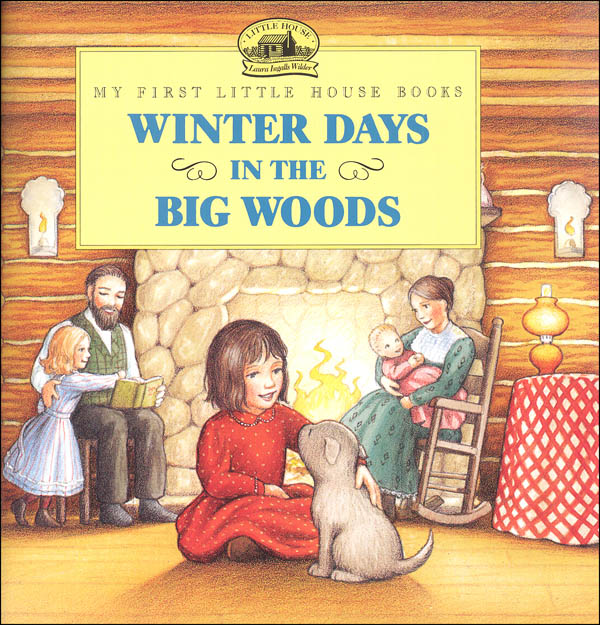


Brewster complains about life on the homestead, begs to return to the east, and generally makes everyone’s life miserable. While she teaches school in another settlement, Laura spends weeknights boarding with the Brewster family. That said, she does experience a disturbing incident while she is living 12 miles from home. In the next two books, Little Town on the Prairie and These Happy Golden Years, Laura faces fewer new dangers. It’s also worth noting that social mores contributed to the Ingalls family’s ability to fight malaria: After the doctor treated them, a neighbor came nurse them back to health.Ī replica of the Brewster School where Laura taught in These Happy Golden Years 6. For social animals like humans, this group behavior makes everyone more likely to survive.

The town lived because two of their number chose to risk their lives to benefit everyone.

Rather than eking out the last of your food and then enduring starvation for as long as possible, a better technique would be to cultivate social ties. Unfortunately, the long winter lasted more than 73 days. Without food or water, most humans will die after 10 to 14 days. And most important, make sure to stay hydrated. If you’re trying to eke out more time without food, conserve energy: avoid unnecessary physical activity and sleep as much as possible, as the body burns fewer calories when it’s asleep. In another incident, political prisoners in Northern Ireland died after up to 73 days without food. Scientific American provides some historical examples: Mahatma Gandhi, who had a low BMI, spent 21 days on a hunger strike with only sips of water. There’s still some good news! With adequate hydration from melted snow, humans can survive for a surprisingly long time without food, especially if they start out with a higher body mass index. So the best survival method would be to improve the infrastructure of this isolated area in order to keep the train tracks in good condition.īut let’s say that you have no supply chain, and you’re facing starvation. Today, railroads use high-tech snowplows, supersonic air blowers, and even fire to keep trains running. The Ingalls would never have come so close to starvation if the trains had managed to fight through the storms.


 0 kommentar(er)
0 kommentar(er)
